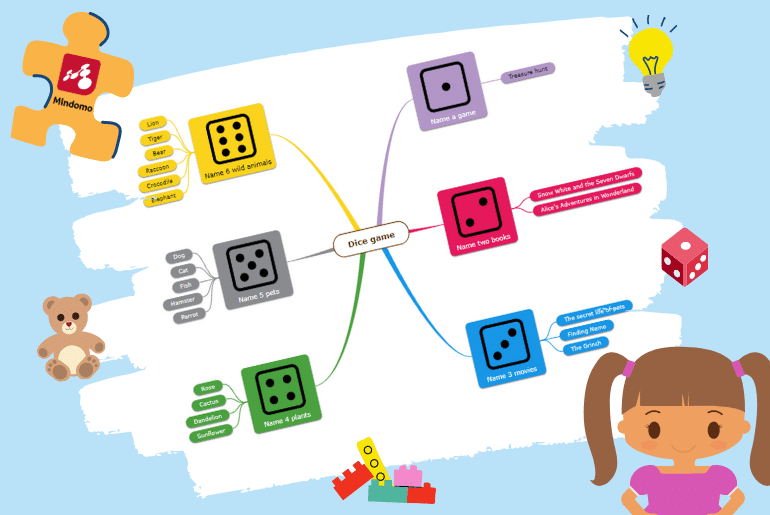
Tony Buzan, an English author and an educational consultant, was the inventor of mind maps. As a child, he used to get bored at school and did not understand why he could not use colors when taking notes. In his book, “Mind maps for kids”, he discussed the different uses of mind mapping and their importance. Colors and images are very powerful when it comes to students’ understanding. That’s why he came up with this approach.
According to Tony Buzan, mind maps improve study skills. He highlighted the many benefits of mind mapping and the effects it has on the kids’ minds. Also, he recommended mind mapping for children and proposed some exercises that help in generating ideas for maps for kids.
Benefits of mind maps for kids
Mind mapping is very useful for children who encounter difficulties in learning and understanding subjects in school. When they create mind maps, they manage to put their ideas in order. Here, you can see how mind mapping is used for note-taking.
Parents and teachers have the same goal: to help children gain knowledge and develop their skills. Mind mapping for children banishes boredom and allows kids to have fun while taking notes. As a result, children start developing their brains from a young age.
Teachers create mind maps to explain the lessons and exercises more easily to students. As a result, students understand them better and solve tasks faster. Furthermore, the information stays in their minds for a long time.
Here are some of the benefits of mind mapping:
- It improves study skills.
- Taking notes becomes easier.
- Learning becomes more enjoyable.
- Understanding the course material is easier.
- Kids establish connections in their minds that they will never forget.
- Mind maps are easy to create and effective for the kids’ minds.
- Students generate new ideas and visualize their thoughts.
- Studying with mind maps improves long term memory.
- Children will easily remember facts and figures.
- They will have good results in school.
Examples of mind maps for kids
Here are some examples of creative mind maps that will stimulate the kids’ minds:
- “Colors”
- “Animals”
- “Plants”
- “Numbers”
- “Letters”
- “Learn English”
- “Geometric shapes”
Activities using mind maps for kids
Here are some ideas for activities using maps for kids:
- “Dice game”
- “About me”
- “My room”
- “My favorite things”
- School timetable
- Story mind map
- Plan their birthday party using mind maps
- Write a mind map letter
- Holiday mind map
- “My books”
- Ideas for reducing pollution
- Organize workouts for kids – fun exercises
- Friendship mind map
- Brainstorming
- Weekly planner
- “My skills” mind map
- “Learn senses”
- Ideas for what to do when you are unfocused at school
- “Indoor activities for kids”
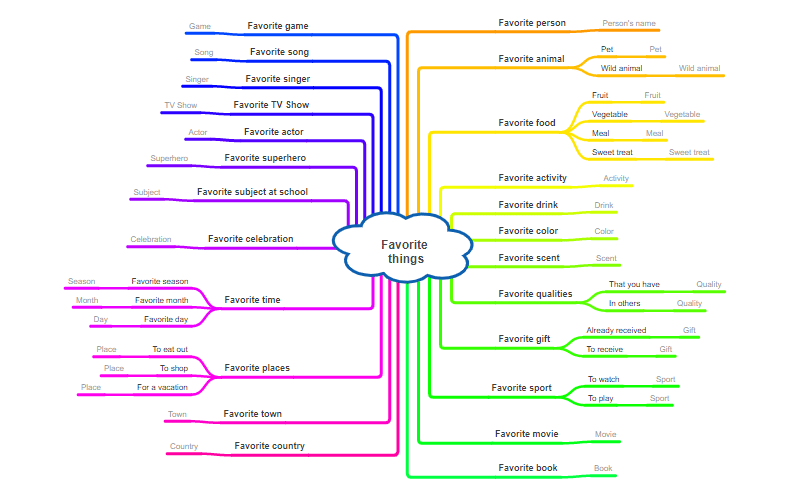
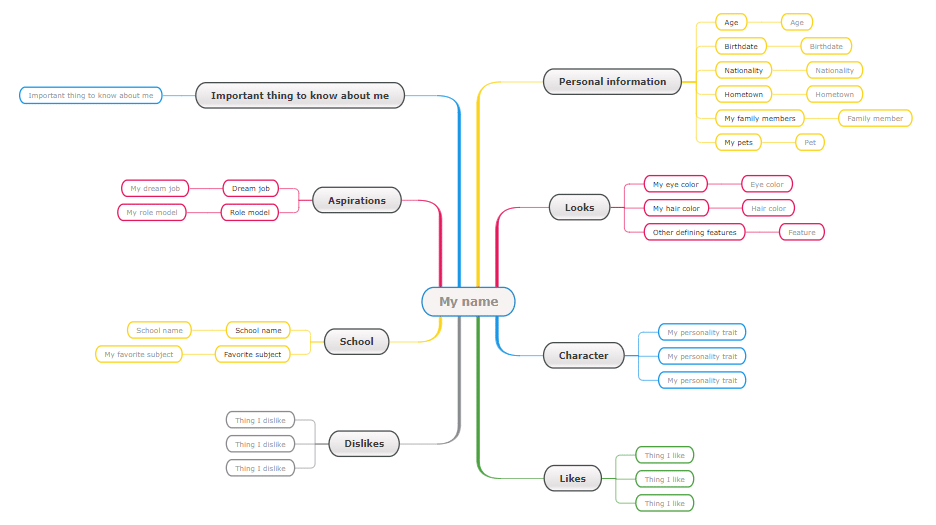
These educational activities can be done in school or even at home, where kids and parents can have fun together while learning new things.
Likewise, Tony Buzan gives a lot of examples of creative mind maps in his book.
Why use them in school
Many teachers use mind mapping for children to explain subjects in school.
Firstly, 90% of the information transmitted to the brain is visual, so that’s why mind maps are a good asset for learning.
Secondly, mind mapping encourages independent learning in and outside the classroom. Also, it has several uses: brainstorming, essay planning, summarizing books, or collecting learning evidence.
For example, here, you can find some classroom exercises to put into practice with your students, as well as some mind map examples for students.
Template ideas for teachers
Here are some templates ideas that can help teachers in explaining different topics to children:
- Feelings and Opinions
- Planets of the Solar System
- 7 Continents of the World
- Marine Life
- Story summary
- Book summary
- Essay planner
- Parts of Speech
- Nouns
- English tenses
- Multiple meaning words
- Characterization Study
- Character development
- Rome
- Greece
- Egypt
- Animals of the Rainforest
- Extreme weather
- The most important rivers in the world
- Microorganisms
- Energy
Tools for mind map creation
Teachers use mind map software to create maps for kids. These tools help children and also adults to retain and store information in an organized way.
A kid’s mind is constantly evolving. Mind maps are useful even for very young children who do not know how to write or use a computer. They can create mind maps with the teacher’s help.
Mindomo offers many possibilities to learn various topics. Here, you can see how to create mind maps.
Firstly, with this tool, the assignments can be set up effortlessly, and teachers can keep a full record of students’ work. They see the dates when students make changes to the assignments (add topics, images, new connections, etc.). Grading becomes easier when seeing the students’ grades overview. Further, teachers can save all grades in a downloadable report. Here, you can learn how to set up the assignments on Mindomo.
Secondly, teachers can choose from a wide range of templates. Here you can learn more about using and creating templates.
Moreover, Mindomo can be integrated into different learning platforms like Canvas, Moodle, Brightspace/ Desire2learn, itslearning, Blackboard, and Schoology. You can see here how to set up the integrations.
Maps for kids offer:
- More brain stimulation
- Generative thoughts
- Infinite ideas
- Creativity, memory, and comprehension improvement
To sum up, mind mapping for children is an important way of developing their memory, creativity, and concentration skills. In addition, studying with mind maps is simple, easy, and fun. There are many mind map templates dedicated to kids.
Try these templates and activities using mind maps to develop children’s minds and help them visualize their thoughts.
Keep it smart, simple, and creative!
The Mindomo Team


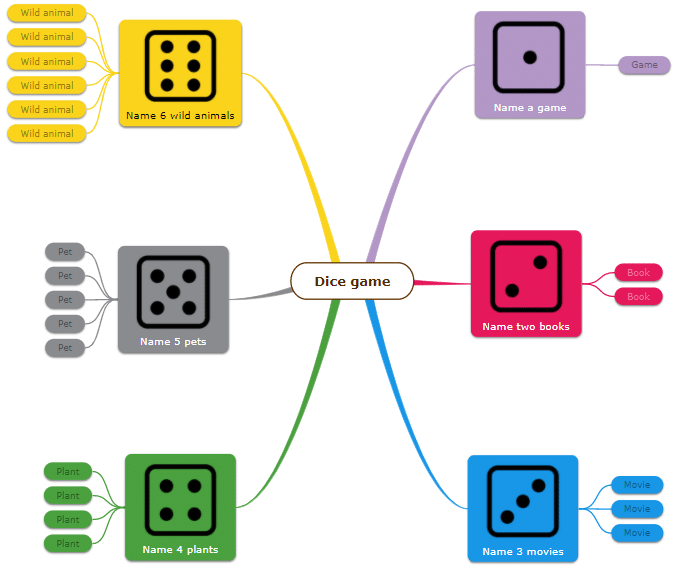
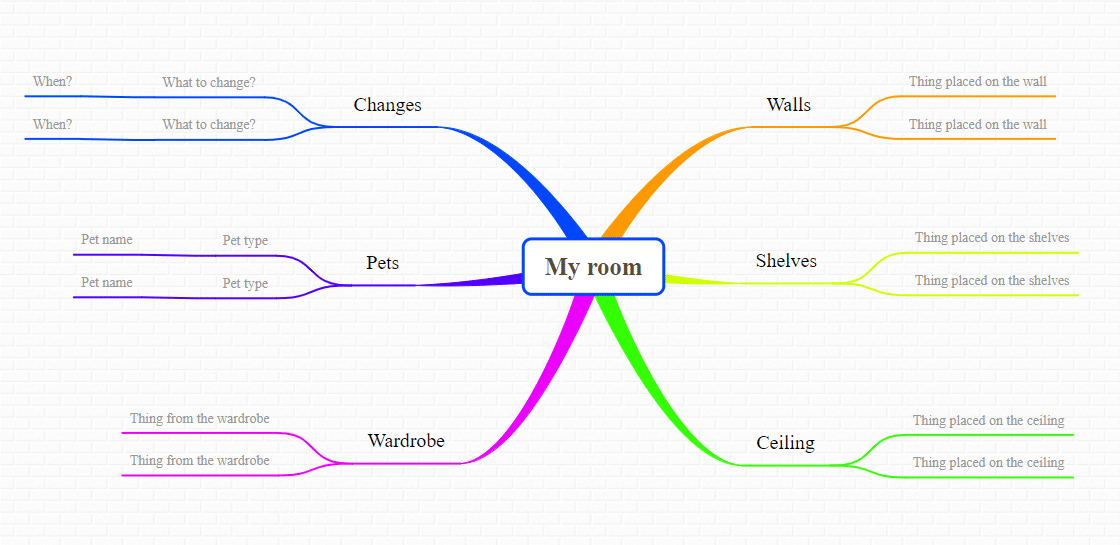
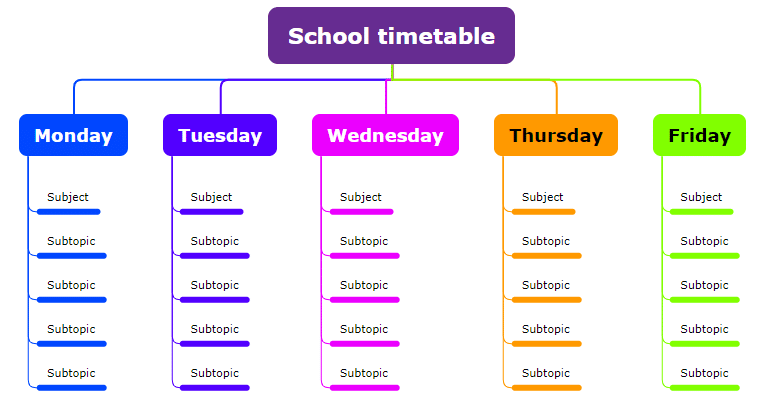
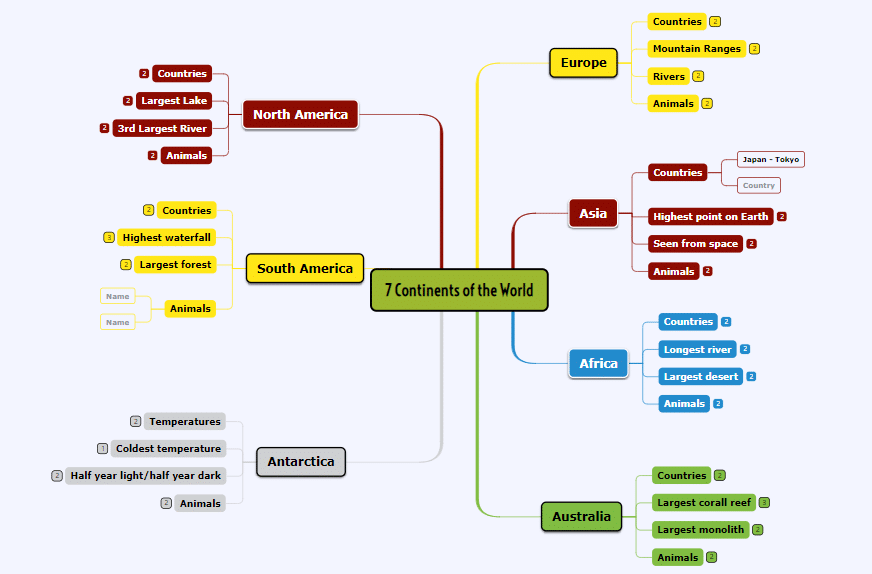
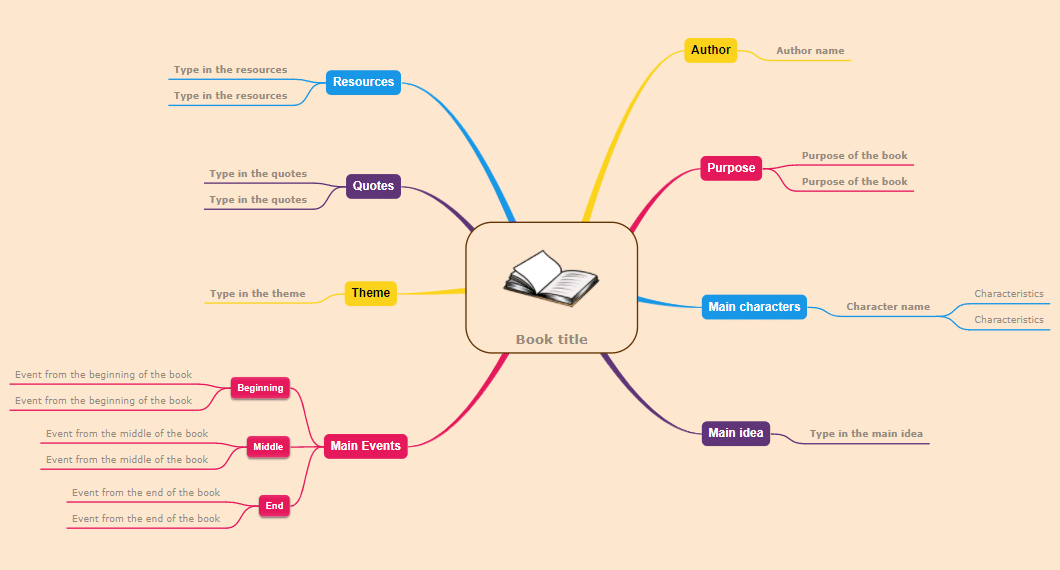
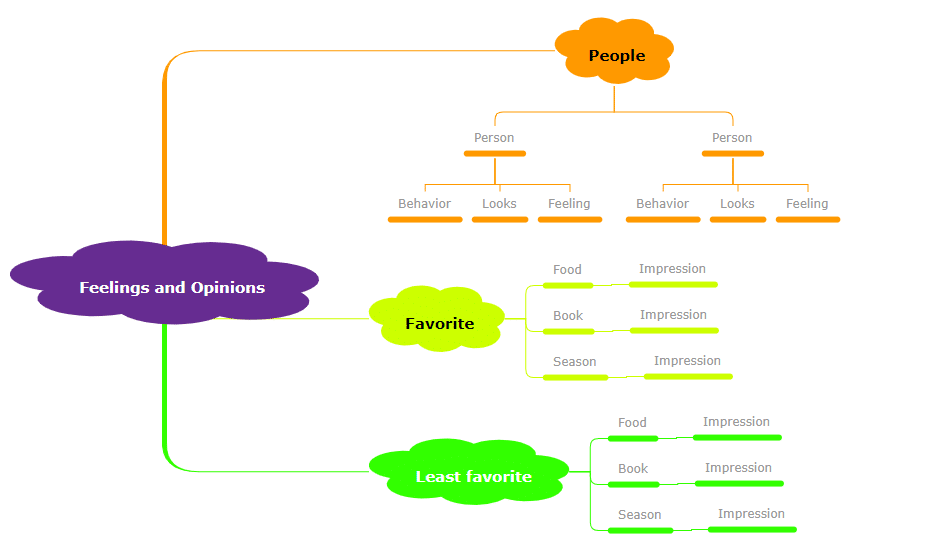

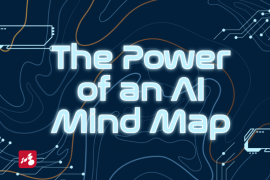
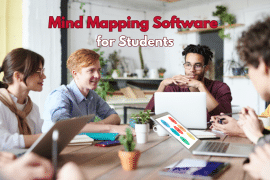
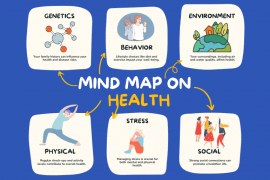
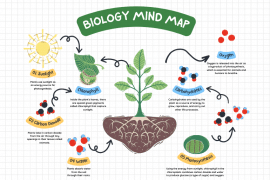
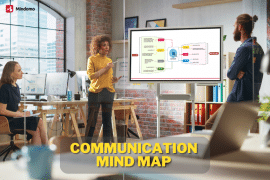
8 Comments
I admire your web page , it has of lot of information. You just got one perennial visitor of this blog.
Thank you, we are happy to hear you enjoy reading our content.
Hallo…how can I get this into South Africa. I want to teach kids mind maps….kids in South Africa do not understand the effectiveness of mind maps.
Hello Marili, thank you for taking an interest in Mindomo. Please contact us at support@mindomo.com
I love it!
Thank you!
Awesome post
Thank you!